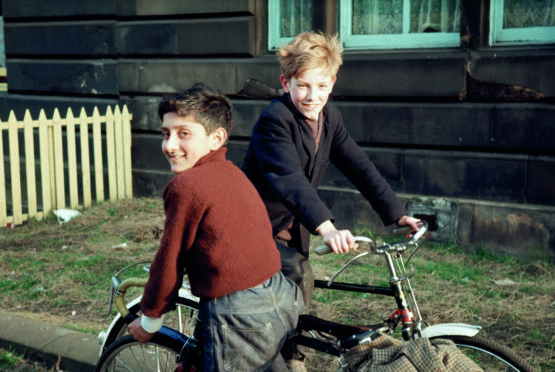
One of Scotland’s greatest, yet largely unknown, street photographers is celebrated in a new book featuring almost 100 of his images of Glasgow.
The late amateur photographer Eric Watt captured thousands of snapshots of life in Scotland’s biggest city in from the 1950s onwards.
In his collection, the changing face of the city is documented with affection and curiosity, including new high-rise housing, the M8 motorway and the growing population moving to Glasgow from south Asia.
This is complemented by striking images of kids at play and Glaswegians enjoying rare leisure time at the football, horse racing and big city events.
The book, titled Coming Into View: Eric Watt’s Photographs of Glasgow, is divided into sections that illustrate themes such as Politics and Protest; Faith; Leisure; Working Life; Shopping; River Clyde; and The Changing City.
Eric’s first job was Quality Controller of Schweppes in Possil Park, before turning to teaching.
A secondary schoolteacher by trade, he created much of his body of work during his spare time as a member of Queens Park Camera Club in Glasgow.
Following his death in 2005, a large part of his archive was gifted to Glasgow Museums’ collection by Eric’s brother Graham Watt. Many of his images also went to Historic Environment Scotland and the Scottish Industrial Heritage Society.
Graham said: “It all started when Eric was 13. He got a small camera for Christmas in 1947. I got nothing so exciting. And so he acquired an interest that absorbed him for the rest of his life.
“He always left the house with at least two cameras round his neck should he see something of interest, which he nearly always did. Then it was back to his bedroom which had a huge cabinet containing all his developing paraphernalia.
“He then spent the evenings mounting his slides and finally the family were entertained to a show among which are the historical pictures contained in this book.
“This is just a small part of his legacy, he left some 30,000 slides on all sorts of subjects, the result of going out with a couple of cameras. We are very proud that somewhat late in the day he should be afforded this recognition and my thanks are due to Glasgow Museums for making this possible.”
Chair of Glasgow Life, Councillor David McDonald, said: “We are grateful to Eric’s family for their incredibly generous donation and to Friends of Glasgow Museums whose support made publication possible.
“Glasgow Museums continues to care for, process and archive this important bequest of more than 3,500 images. Collections held within Glasgow’s libraries and museums are some of the most reliable and engaging records of the city’s history, and this gift greatly enhances our archives. I am certain the book will increase people’s awareness of this invaluable collection going forward.
“The book beautifully illustrates real life in Glasgow. It is very relatable. There’s a real warmth to many of the images and a grittier side to others. I was captivated. Perhaps it’s too early to start talking about Christmas, but I think it could be a perfect stocking filler for anyone who grew up in Glasgow from the 1960s onwards.”
The book includes essays about Eric’s life and career, written by Glasgow Museums’ Curator of Social History Isobel McDonald, and by Alison Brown, Curator of European Decorative Art & Design 1800–present, who shares her personal memories of Eric.
Publication was only made possible thanks to the generosity of the Friends of Glasgow Museums, who gave a £5,000 grant towards the print cost.
Previously, a selection of Eric Watt’s work comprised the 2002 exhibition at Scotland Street School Museum ‘Bairns and Backstreets’, which proved so popular some of the images were always on display within the museum, with the exhibition was shown again in full in 2007.
While that exhibition focused on his images of children, the new display at Kelvingrove offers a comprehensive overview of Eric’s work, showing similar themes to those of the book.
Coming Into View: Eric Watt’s Photographs of Glasgow is now available to order from BookSource (0845 370 0067), £12.99

Enjoy the convenience of having The Sunday Post delivered as a digital ePaper straight to your smartphone, tablet or computer.
Subscribe for only £5.49 a month and enjoy all the benefits of the printed paper as a digital replica.
Subscribe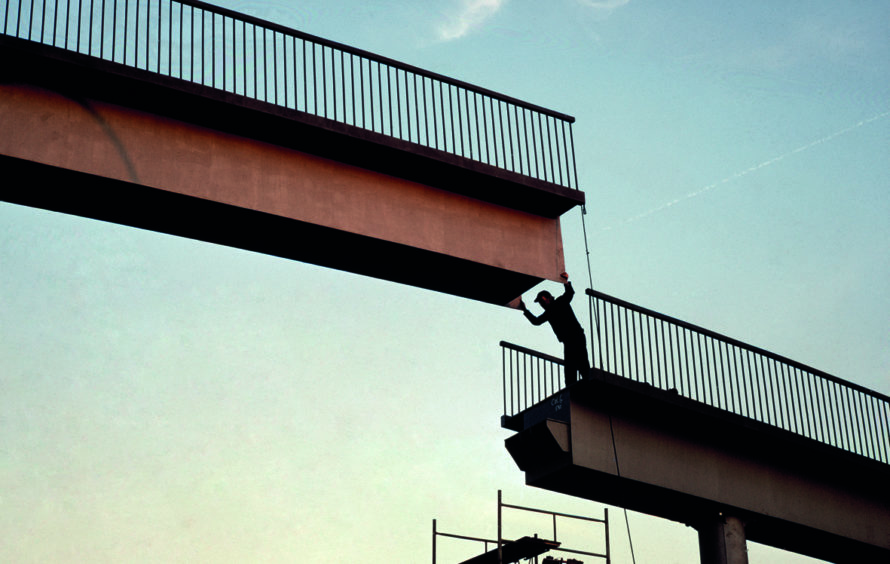 © Eric Watt / Glasgow Museums
© Eric Watt / Glasgow Museums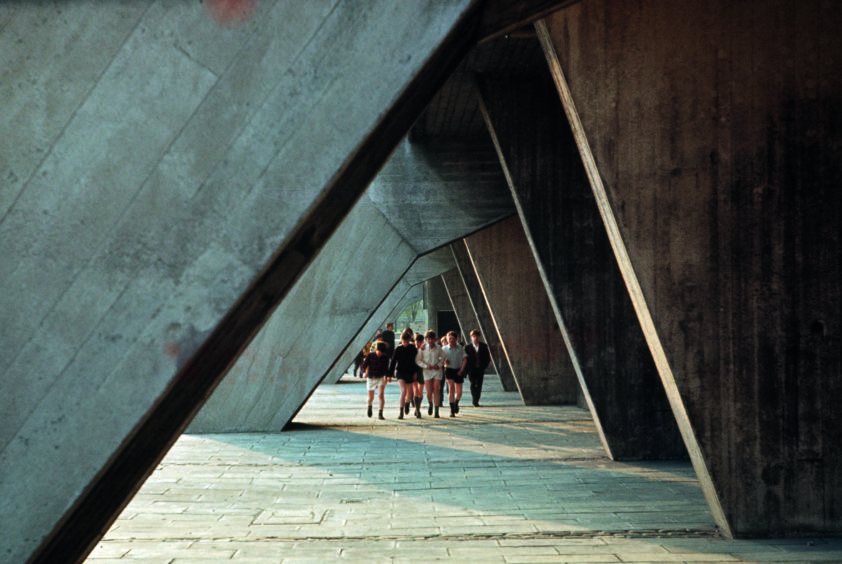 © Eric Watt / Glasgow Museums
© Eric Watt / Glasgow Museums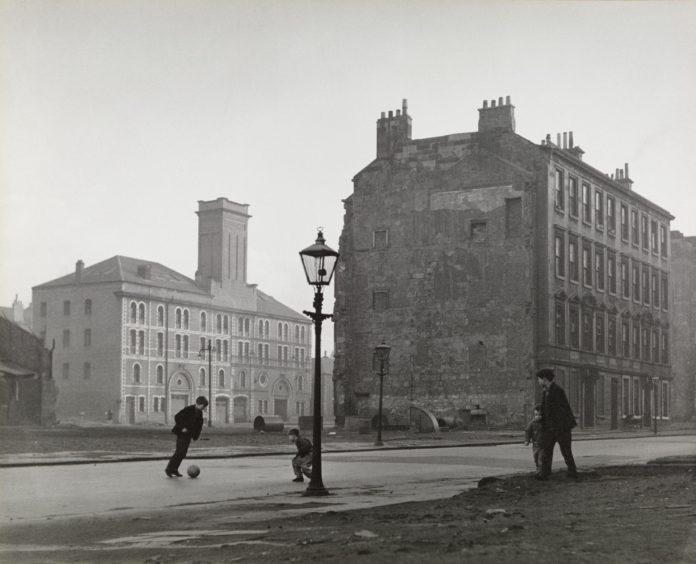 © Eric Watt / Glasgow Museums
© Eric Watt / Glasgow Museums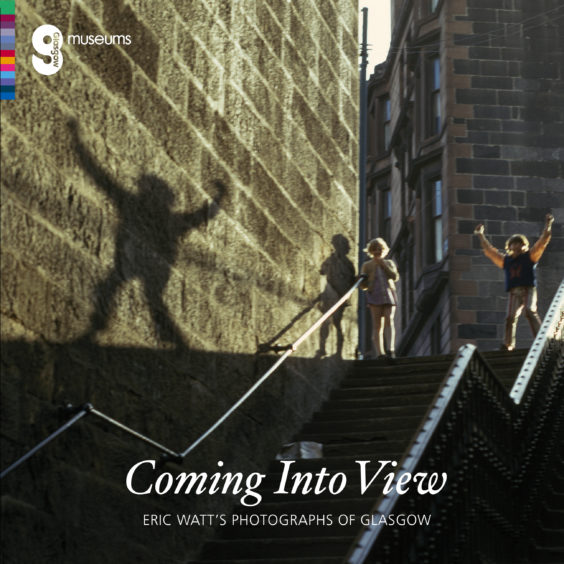
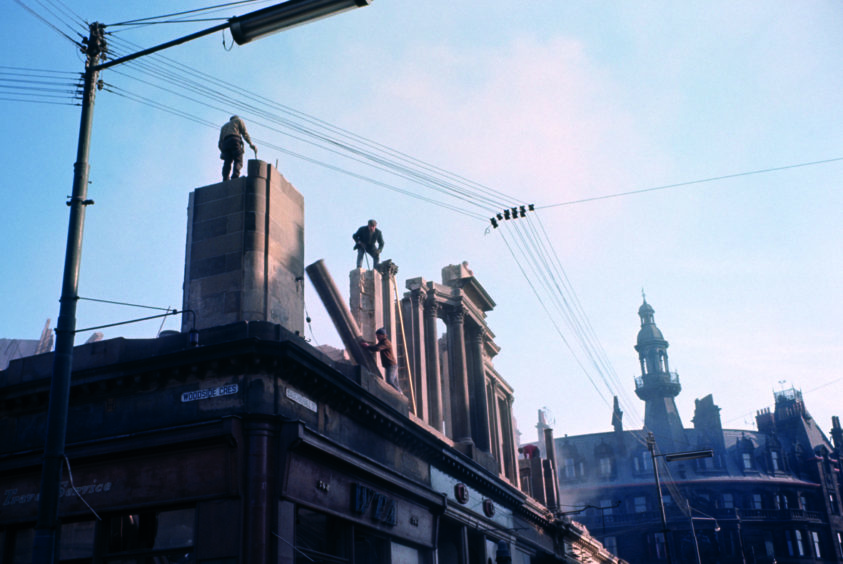 © Eric Watt / Glasgow Museums
© Eric Watt / Glasgow Museums